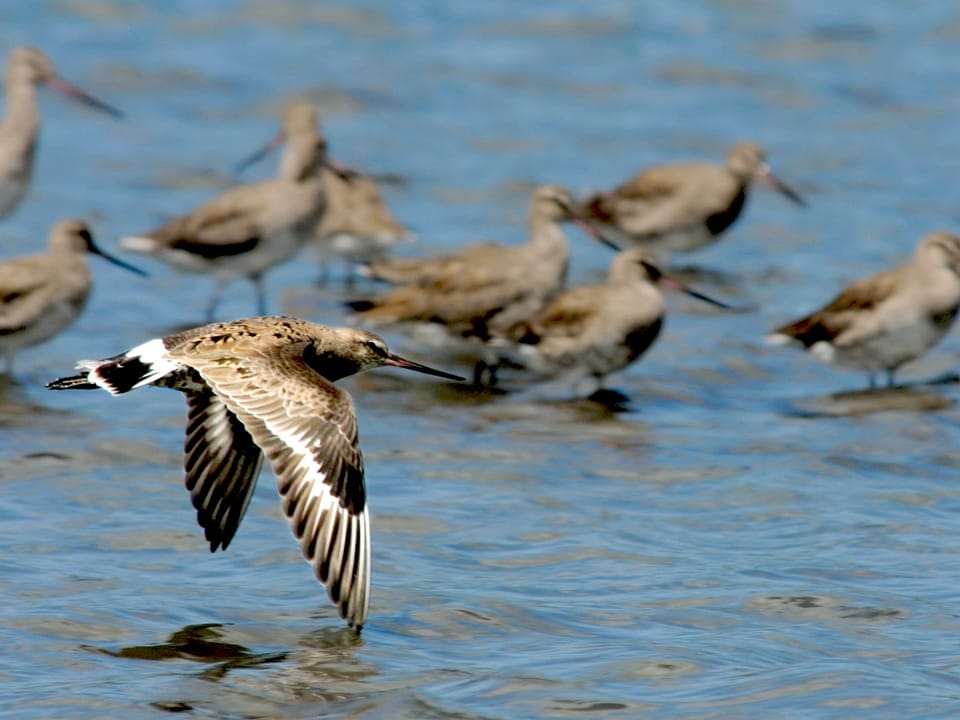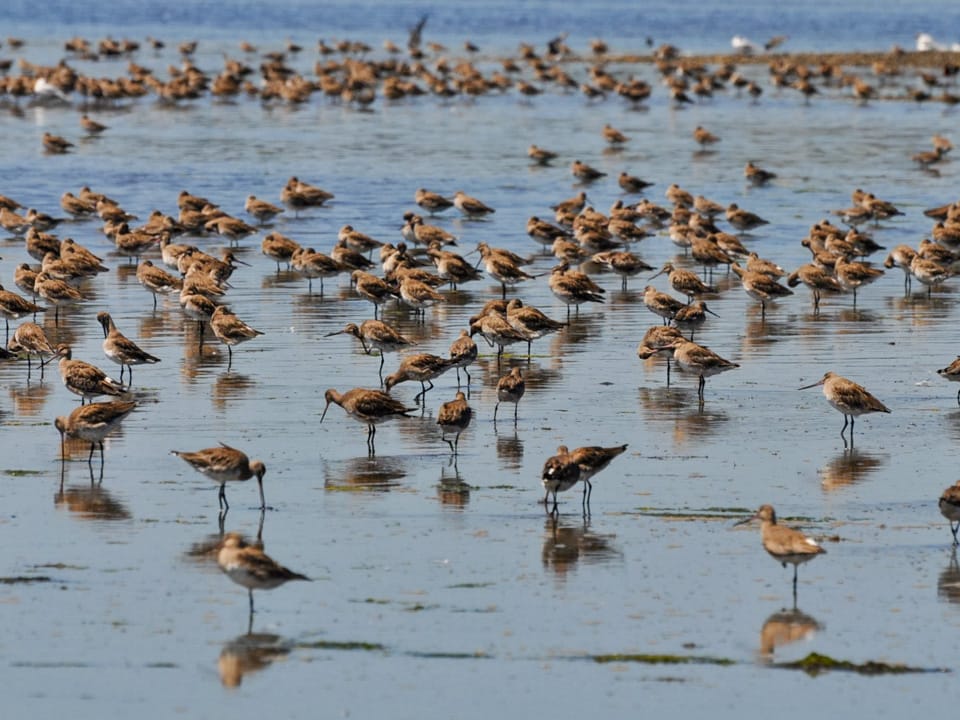It’s been over a month since the Science study was published revealing that ‘since 1970, bird populations in the United States and Canada have declined by 29%, or almost 3 billion birds, signaling a widespread ecological crisis.’ These losses are shown across many types of species including grassland birds, shorebirds, and other long-distance migrants.
To publish this paper, the authors relied on long-term, consistent monitoring data to conduct the statistical analysis that revealed the stark realities of bird population declines in North America. Shorebird migration monitoring data from the International Shorebird Survey (ISS), the volunteer-based shorebird monitoring program Manomet has been coordinating since 1974, was one of the citizen-scientist based data sources used.
ISS volunteers gather information on shorebirds and the habitats they depend on. Conducting surveys during spring and fall migrations, the dedicated volunteers in this monitoring network have completed over 100,000 surveys in 14 countries in North, South, and Central America. The data compiled have been fundamental for population size and trend analyses, identification of many key stopover sites, and have formed the principal data source documenting wide-scale shorebird population declines.
Even though the recent Science paper was focused on North America, it is critical to continue conducting shorebird monitoring across the vast migratory ranges of these species in order to know where conservation is most urgently needed.
The Western Hemisphere Shorebird Reserve Network (WHSRN) Executive Office emphasizes that “the key to a successful monitoring program is longevity and consistency. Comparing data from year to year can reveal changes in how shorebirds are using a site, or indicate that habitat conditions may be changing. Long-term data sets are critical to estimating shorebird population sizes and trends, and this information can be used to evaluate the conservation status of a species.”
To collect the type of long-term data that can reveal changes in population trends, you need a dedicated volunteer force and a method to keep data consistent over time. In the 7 Simple Actions To Help Birds article that accompanies the 3 Billion Birds paper, the final recommendation is to ‘Watch birds, share what you see.’





 Back to all
Back to all


